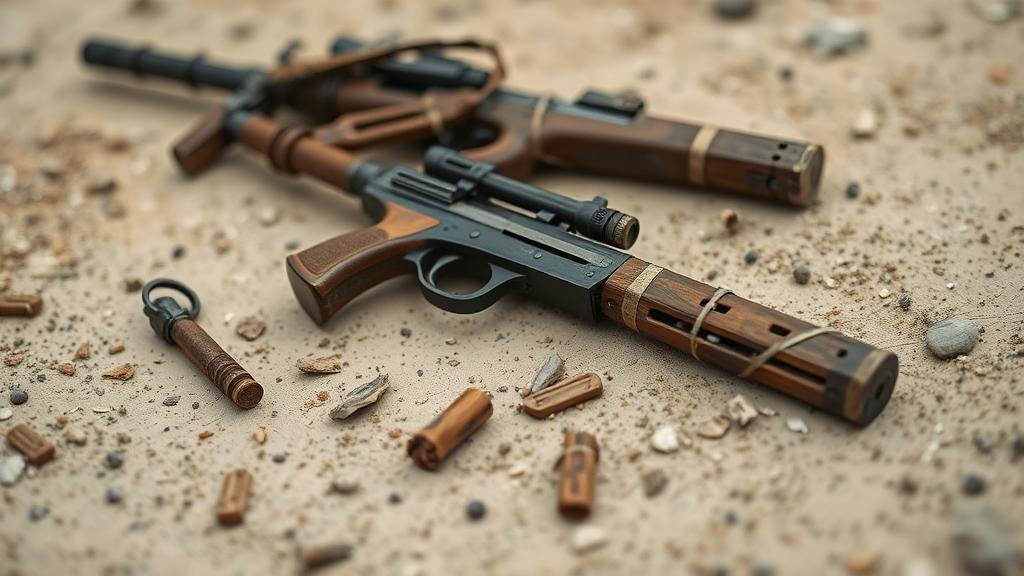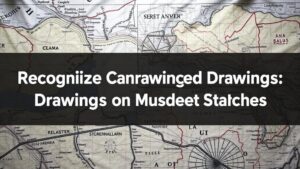Unearthing Weapon Fragments in Deserted Frontier War Zones
Unearthing Weapon Fragments in Deserted Frontier War Zones
The discovery of weapon fragments in deserted frontier war zones is a topic that intersects archaeology, conflict studies, and military history. This article explores the significance, methodologies, and implications of excavating such remnants. By understanding these elements, we can better appreciate the historical narratives these artifacts unveil.
The Importance of Weapon Fragments
Weapon fragments serve as critical evidence of past conflicts, offering insights into military strategies, technological advancements, and the sociopolitical contexts that shaped them. r importance can be summarized through several key points:
- Historical Context: Weapon fragments provide tangible connections to specific events or periods, aiding historians in reconstructing timelines of warfare.
- Technological Evolution: Analyzing the types of weapons used can shed light on technological advancements and military innovations within a given timeframe.
- Cultural Insights: The materials and designs of weaponry often reflect cultural values and societal norms surrounding warfare.
Unearthing weapon fragments requires meticulous methodologies to ensure the preservation of context and integrity of the artifacts. Archaeologists and military historians employ various techniques during excavations:
- Site Surveys: Comprehensive surveys are conducted using both ground-penetrating radar (GPR) and magnetometry to identify potential excavations.
- Stratigraphic Excavation: Excavations are often performed in layers, allowing archaeologists to maintain the context of each find and understand the sequence of events.
- Documentation: Every recovered fragment is meticulously documented, cataloged, and dated to create a comprehensive historical record.
A notable case study is the excavation of Fort McHenry in Maryland, where soldiers weaponry remnants provided insights into the U.S. struggle for fortification during the War of 1812. systematic approach undertaken by historians allowed for reconstructed battle strategies and an understanding of munitions technology during this period.
Insights Gleaned from Excavated Fragments
Analyzing weapon fragments offers insights into various facets of military operations. One significant area of focus is the evolution of materials used in weapon manufacturing:
- Material Analysis: By studying metal compositions, archaeologists can infer the technological sophistication of the society that produced the weaponry.
- Wear Patterns: Examining the wear and tear on fragments can signal how weapons were employed in conflict, revealing strategies and combat scenarios.
For example, excavations in the deserts of Iraq have uncovered remnants of munitions that highlight the shift in military engagement tactics during the Iraq War. This analysis has implications not only for understanding past conflicts but also for guiding current and future military strategies.
Implications for Modern Warfare
The study of unearthed weapon fragments doesnt cease with historical analysis; it extends to contemporary military and geopolitical strategies. By understanding weaponry used in prior conflicts, military strategists can develop more effective approaches for current and future engagements:
- Training and Tactics: Lessons learned from historical conflicts can refine military training programs, equipping soldiers with a better understanding of potential adversary tactics.
- Disarmament and Peacekeeping: Insights into the weaponry prevalent in past conflicts can influence efforts toward disarmament and conflict resolution strategies in modern warfare.
Challenges in Unearthing Fragments
Despite the significance of weapon fragments, there are notable challenges in their excavation and analysis:
- Legal and Ethical Considerations: Excavations in war zones often raise legal issues regarding ownership and the ethical implications of disturbing sites of conflict.
- Environmental Factors: Harsh environmental conditions in frontier war zones can hinder excavation efforts and the preservation of artifacts.
For example, ongoing conflicts in regions such as Syria pose significant obstacles to archaeologists attempting to document and excavate weapon remnants safely and ethically.
Conclusion: Actionable Takeaways
The excavation of weapon fragments in deserted frontier war zones is a complex yet fruitful endeavor that contributes significantly to our understanding of historical conflicts and contemporary military strategies. As we continue to explore and analyze these remnants, it is essential to adopt a multidisciplinary approach, encompassing archaeology, history, and military studies. Here are actionable takeaways for researchers and military historians:
- Use advanced technologies such as GPR to enhance site survey accuracy.
- Maintain rigorous documentation practices to preserve the integrity of findings.
- Foster interdisciplinary collaboration to address legal, ethical, and preservation challenges.
Ultimately, the careful study of weapon fragments not only enriches our grasp of the past but also informs present and future military considerations, ensuring that the lessons learned from history continue to shape our understanding of contemporary warfare.



